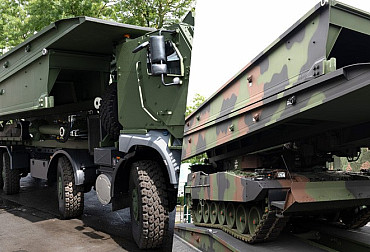New X-ray system detects more than 16,000 shades of grey and can withstand loads of up to 200 kilograms
More battery life, modern and user-friendly software, better wireless range, touchscreen, small and large variants of the system and many other advantages boast the new NOVO X-ray systems. The 15th Engineer Regiment of the Czech Army has recently received a total of 14 of these.
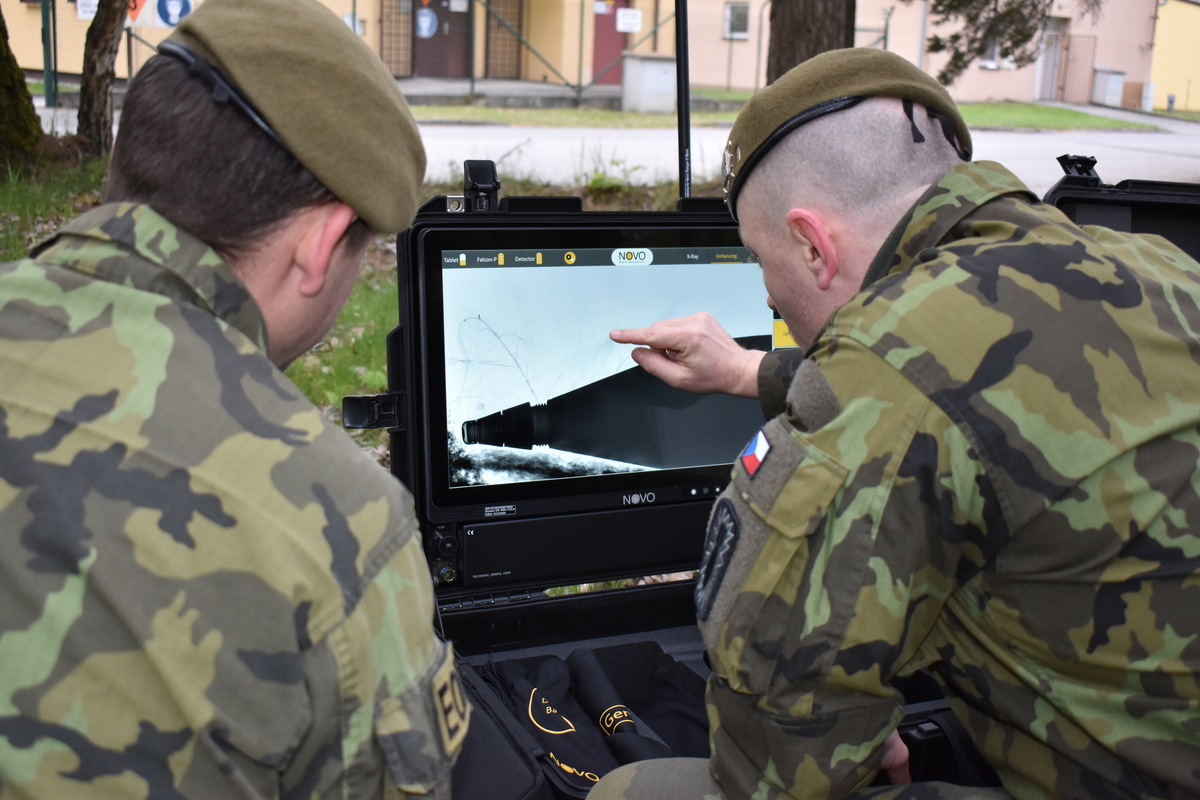
X-rays are one of the basic tools of EOD units (Explosive Ordnance Disposal - the military's international designation for pyrotechnic teams). They are non-destructive inspection systems that are primarily used to verify suspicious objects. "With X-rays, we can see if, for example, an explosive device is planted in an abandoned suitcase at the airport. If there is a threat, thanks to the electromagnetic waves we can see how the system is built, whether there is any suspicious liquid that could threaten chemical or biological contamination, which is already the job of a CBRN (Chemical, biological, radiological, and nuclear) EOD specialist," explained the specific use of X-rays in practice," explained the commander of the EOD company, Captain Radek Michalka.
X-rays can also be used to screen known conventional munitions. The information obtained is then used by the bomb disposal technicians to develop procedures for their final disposal. "Munitions have also been checked a lot in foreign operations. In Afghanistan, for example, local people, i.e. 'sources', under cover of night and wearing various masks, secretly brought IED munitions and components as their loot and received financial rewards for doing so. Our task was to check whether they brought us a Trojan horse, i.e. an active IED (Improvised Explosive Device)," said EOD specialist Chief Master Sergeant Karel Václavík.
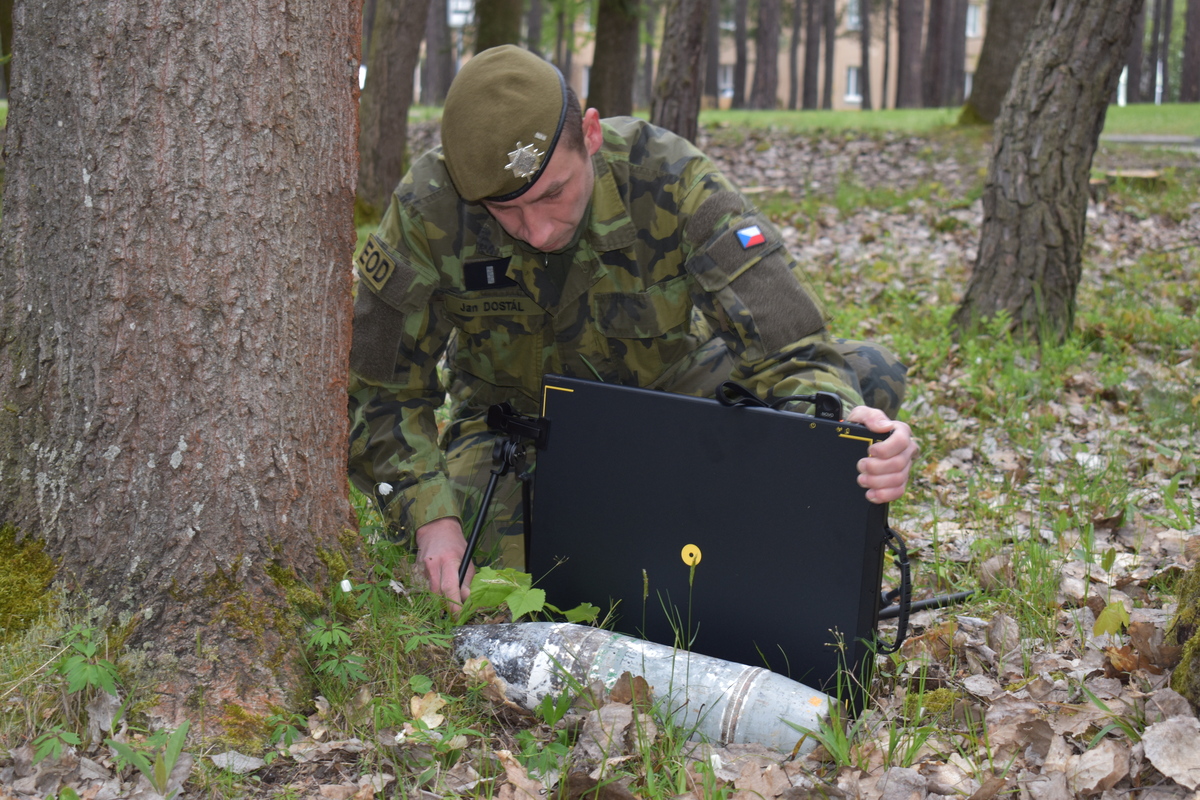
The purchase of new equipment is based on the Medium Term Plan prepared by the Force Development Section of the Ministry of Defence and the Czech Army Ground Forces Development Programme. The supplier is a Czech company, which cooperates with the employees of the company that developed the systems as part of the training. "The previous system has reached the end of its useful life. It was acquired in 2009 and is already considered the grandfather of X-ray, although some of its parts are still used, for example, in medical facilities. We are replacing 7 X-rays from VIDISCO, which had the generic designation Flash X," described the existing X-ray systems of the 15th Engineer Regiment, the chief of the information group C-TIP (Centre for Technical and Information Support), Captain P.N. Captain Michalka, the EOD company commander, explained the shortcomings of the old devices.
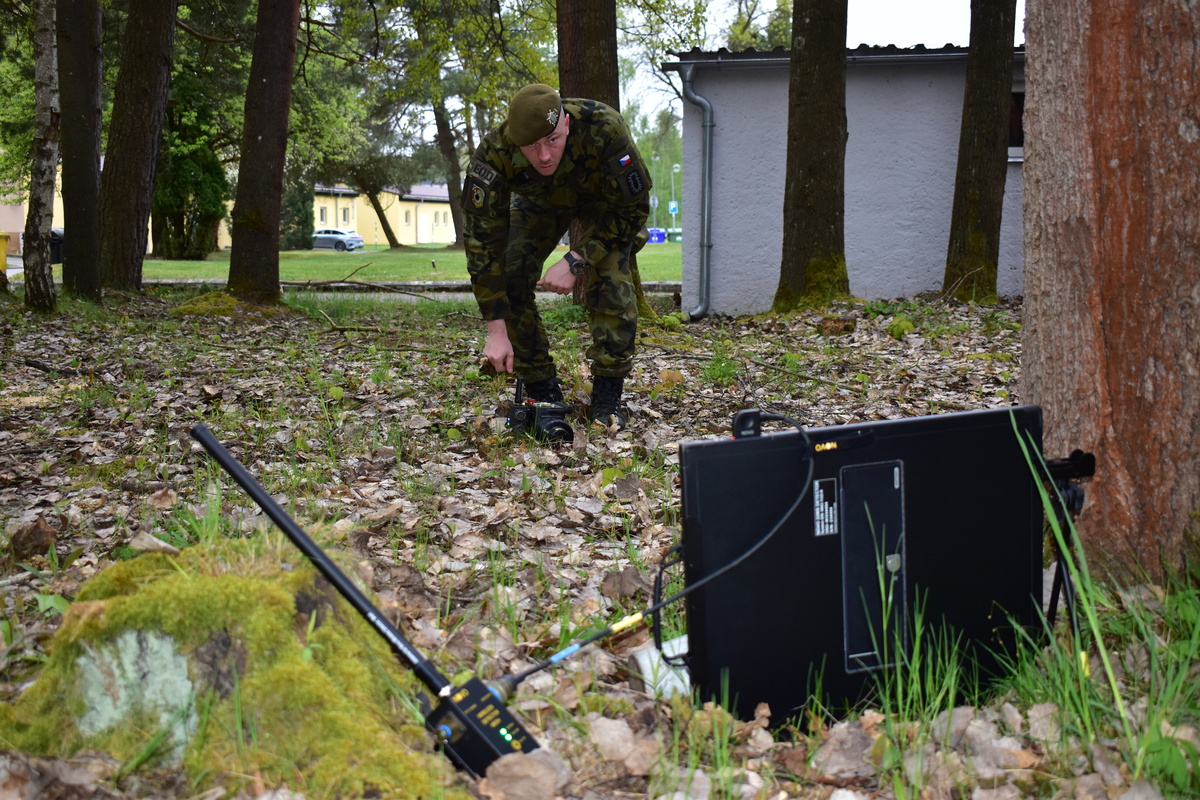
The new systems are fully digital, the battery life has been extended and the software itself has undergone a major upgrade. A great emphasis has also been placed on the possibility of touch control. "There's an amazing automatic GENIE feature that works similar to Siri on Apple. It makes the X-ray system much more user-friendly for the younger generation who are used to living with a mobile phone," the C-TIP information group chief described some of the many plus points of the new X-rays, adding that while GENIE works with 16,000 shades of grey, the human eye only sees a fraction of them. He also pointed to the new wireless transmission capabilities. "This system no longer operates in a simple transmitter-receiver network, but has what is called a MESH network. It works with repeaters, thanks to which we can transmit the pictures taken even in built-up areas where we had no chance before," added the C-TIP information group chief.

This X-ray system is gaining immense popularity across the globe mainly because of the ease of operation and certain enhancements that the company has made over the years. "Previous types suffered from field conditions. There was damage to the contacts, which made it difficult to use. Based on this, the company has introduced a military standard that makes the current connectors capable of withstanding weight up to 200 kg, making them very durable," recounted Capt. P.N. Khan, 15th Engineer Regiment, of the other advantages of the new devices.
The EOD specialists received what is known as a double set, where the system includes both a small and a large imaging unit, including two X-ray emitters of different sizes. Soldiers will especially appreciate the smaller version during shorter infantry movements or air drops. Great emphasis has also been placed on ruggedized tablets for sunny weather (high brightness), as well as possible compatibility with robots (with remotely operated vehicles), i.e. deployability within the means of remote manipulation used today. "In the future, the TALON robot would also be able to transmit X-ray signals, so we would no longer need to use additional networks. We were also looking for a smaller type of X-ray that our survey robots could bring directly to the site. The company has already developed a special mount for us," added the chief of the information group.
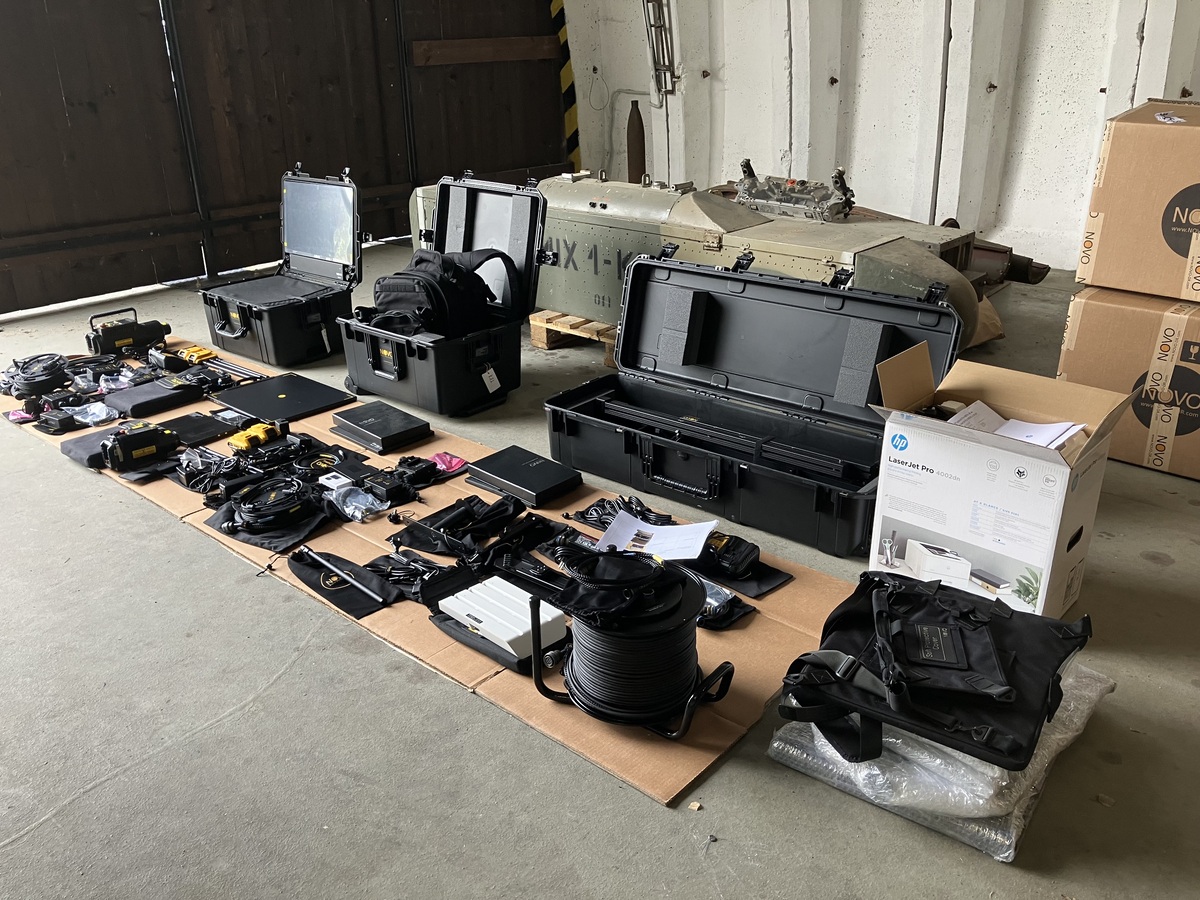
"This is a big step forward for us, because the safety of our people comes first. If the robot is able to bring the X-ray directly to the incident site and we don't have to go there personally, it is a big plus for us," said Chief Master Sergeant Karel Václavík.
















